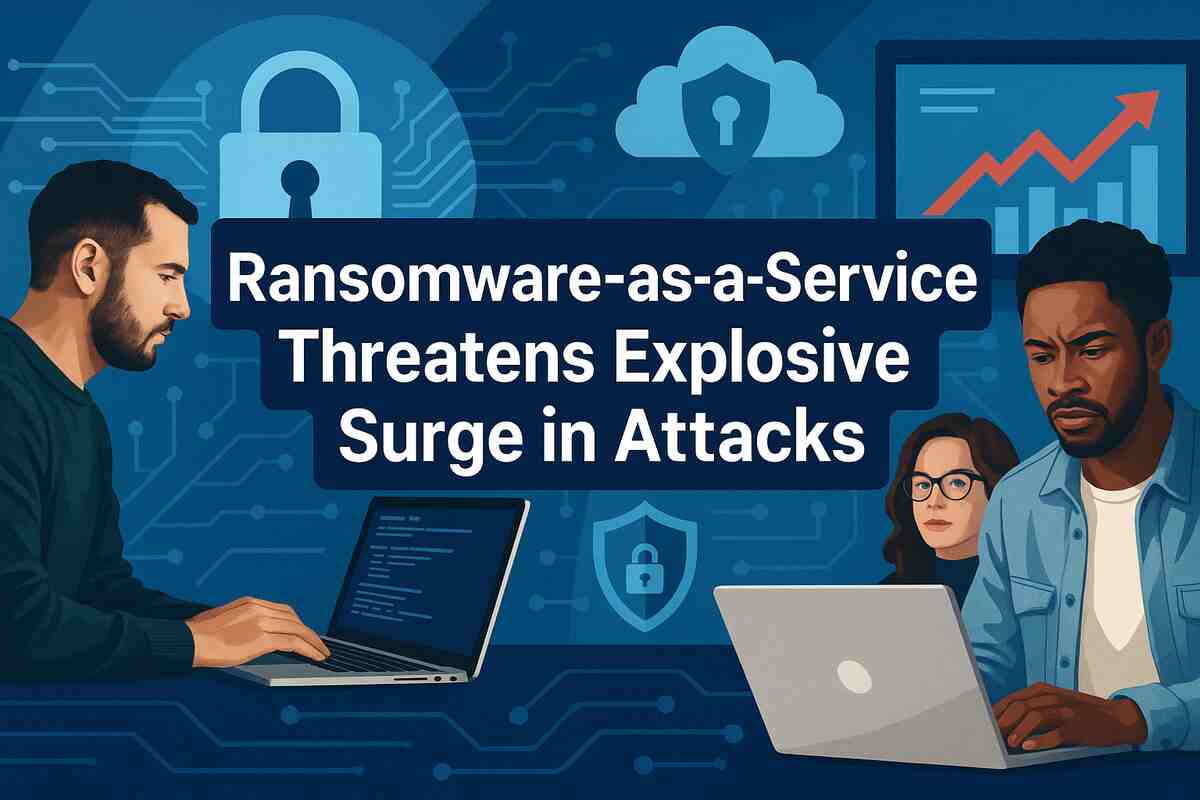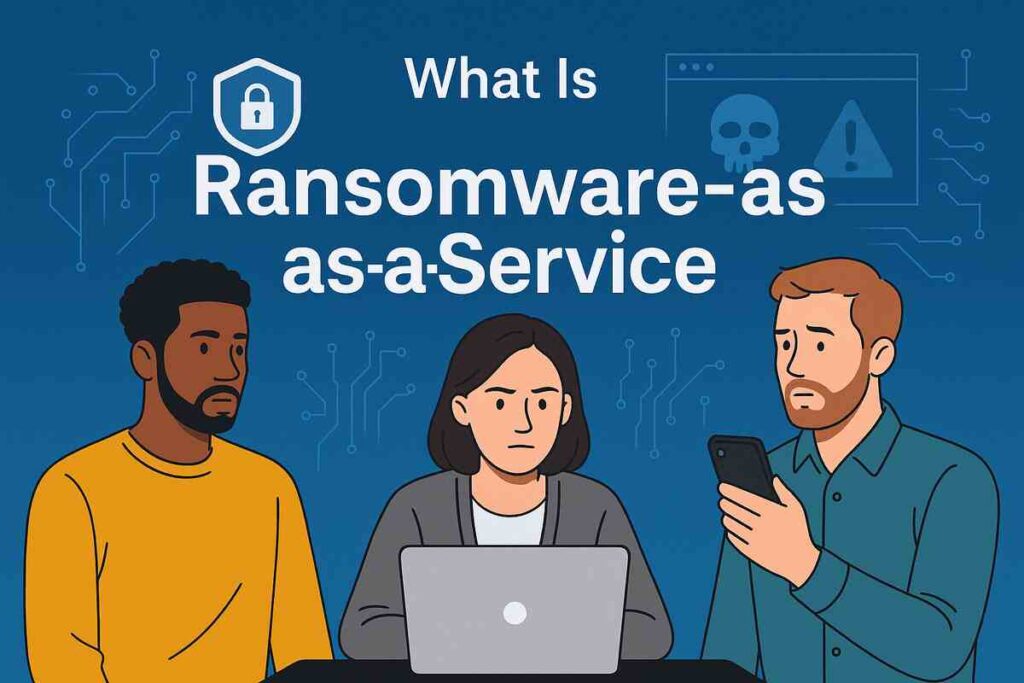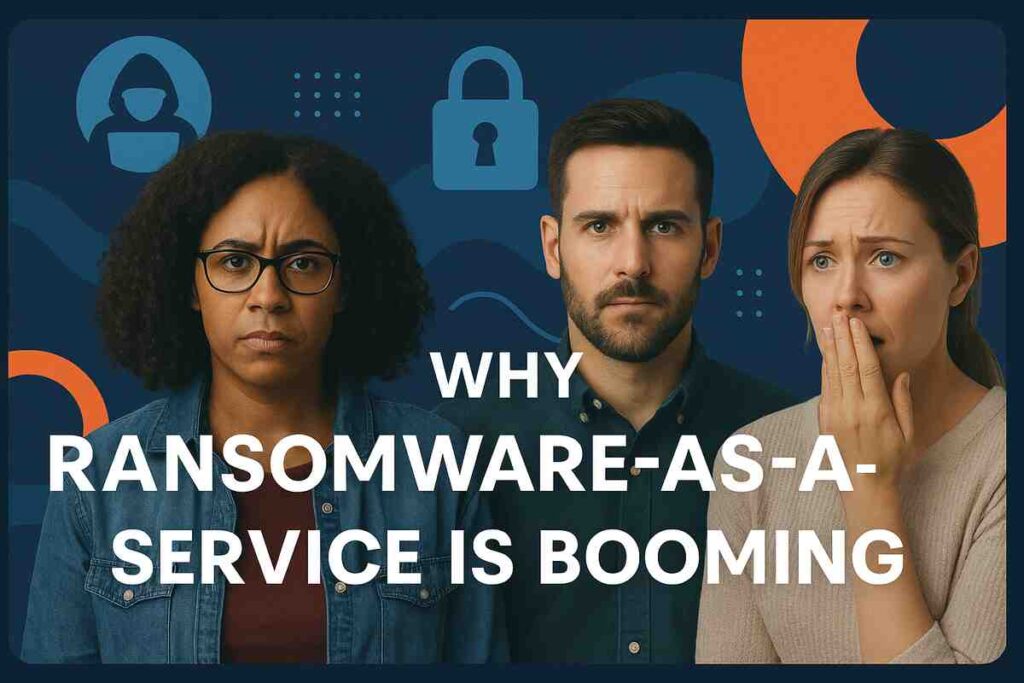Physical Address
304 North Cardinal St.
Dorchester Center, MA 02124
Physical Address
304 North Cardinal St.
Dorchester Center, MA 02124

Cybercrime has entered a dangerous new era. Once limited to sophisticated hackers, ransomware is now available for rent. Ransomware-as-a-Service (RaaS) has transformed the dark web into a marketplace where even novices can launch devastating attacks against individuals, businesses, and yes—freelancers.
As independent professionals increasingly depend on digital tools and remote workflows, they’ve become high-value, low-protection targets. RaaS eliminates the technical barriers to cyber extortion, dramatically increasing the volume and scale of ransomware attacks globally.
For freelancers and digital nomads, this means greater risk of file encryption, data theft, and income loss. This article explores how Ransomware-as-a-Service works, why it’s exploding, and how you can stay one step ahead of this disturbing trend.

Ransomware-as-a-Service (RaaS) is a cybercriminal business model where developers sell or lease ready-to-deploy ransomware tools to other attackers. These affiliates then use the software to launch attacks, usually in exchange for a cut of the profits.
This democratization of ransomware makes it disturbingly easy for anyone to launch a sophisticated cyberattack—even without technical skills.
According to a report by Palo Alto Networks, RaaS kits are now being sold for as little as $40/month, while some premium versions take up to 30% of ransom payouts.

RaaS has seen explosive growth in recent years due to:
The rise of RaaS represents a fundamental shift in the cybercrime economy.

Freelancers are particularly vulnerable to RaaS-enabled attacks due to the following:
Whether you’re editing videos, managing client websites, or handling invoices, a ransomware attack could instantly lock you out of your digital livelihood.
A prolific RaaS group behind attacks on JBS Foods and Kaseya. Freelancers using remote monitoring tools were indirectly impacted when systems were shut down.
Infamous for the Colonial Pipeline attack. Sold ransomware kits to affiliates that targeted various industries, including freelance IT consultants.
Actively promotes its ransomware kit with an easy-to-use dashboard and branding support. Many of its victims were small agencies and solo professionals.
According to Coveware, over 70% of ransomware incidents now come from RaaS platforms.
Some attackers also threaten to publish stolen files if payment isn’t made, a method known as double extortion.
Watch for these red flags:
Proactive monitoring is your best first defense.
Maintain copies of important files on encrypted external drives and secure cloud platforms like Sync.com or Tresorit.
Add an extra layer to email, payment platforms, and project management tools.
Top-rated options like Bitdefender, Malwarebytes, or Norton 360 offer real-time ransomware protection.
Follow cybersecurity news from trusted sources like Krebs on Security and CISA
Never trust new software, platforms, or email attachments without verifying the source.
| Tool | Function | Best For |
|---|---|---|
| NordVPN | Encrypted Internet Access | Public Wi-Fi protection |
| ProtonMail | Secure Email | Client communication |
| Bitwarden | Password Manager | Preventing credential leaks |
| Backblaze | Cloud Backup | Continuous file backups |
| YubiKey | Physical MFA | Bulletproof account security |
Many ransomware variants now support recovery tools. Visit No More Ransom to check.
Cybersecurity researchers predict:
Unless action is taken, RaaS will continue to dominate the cybercrime space.
For freelancers and digital nomads, Ransomware-as-a-Service represents a chilling shift in how cybercrime is conducted. It has lowered the barrier to entry, flooded the internet with new attackers, and made the freelance economy an easy target.
But awareness is the first step toward resilience. By adopting strong cybersecurity habits, investing in protective tools, and keeping your systems and practices current, you can reduce your exposure dramatically.
In the war against Ransomware-as-a-Service, preparation is your best defense—and inaction is your biggest vulnerability.